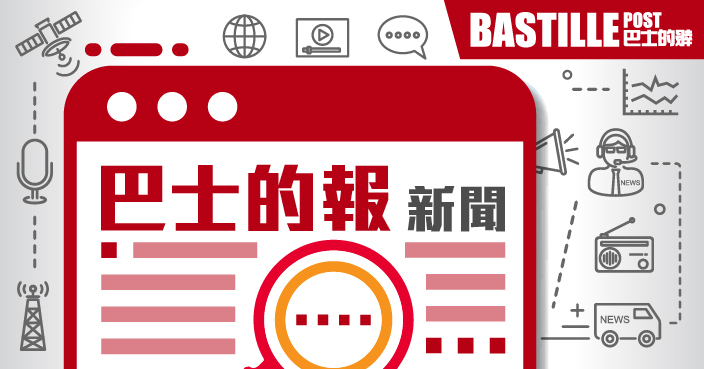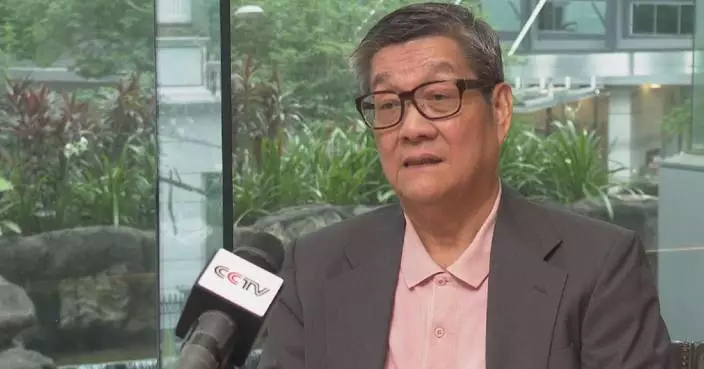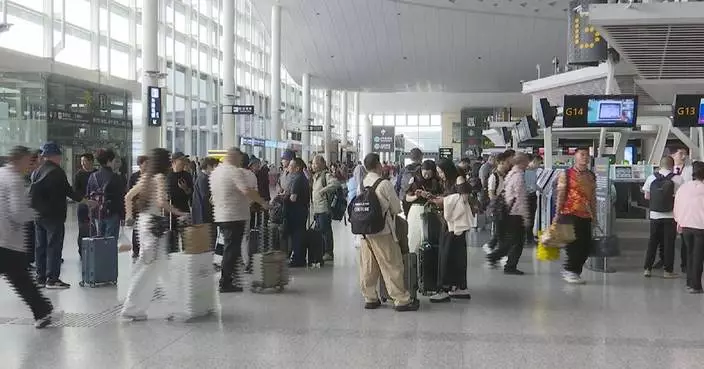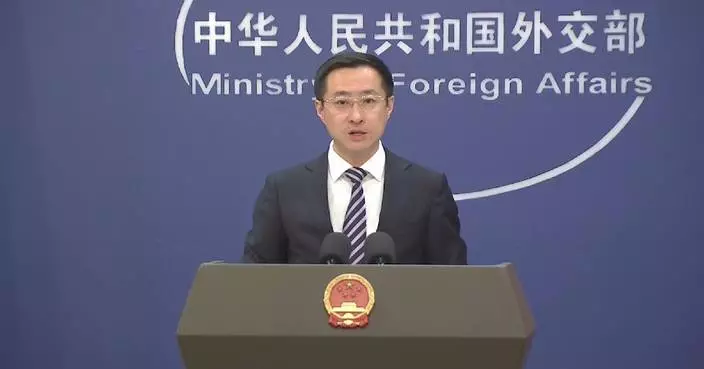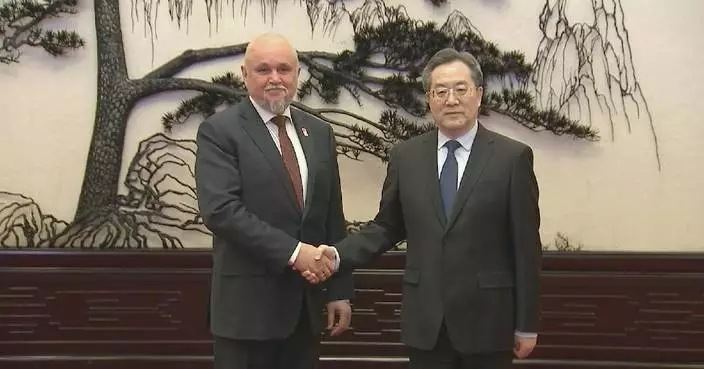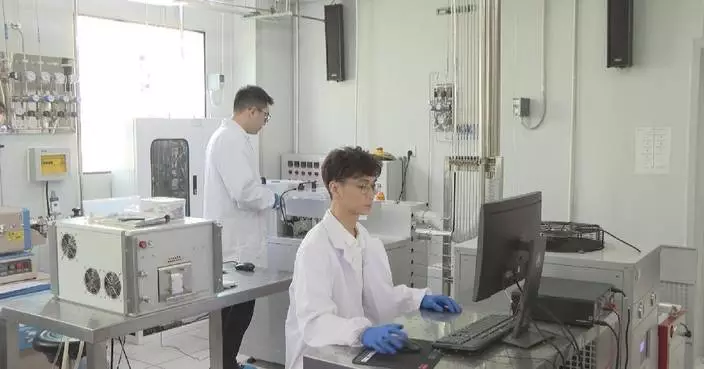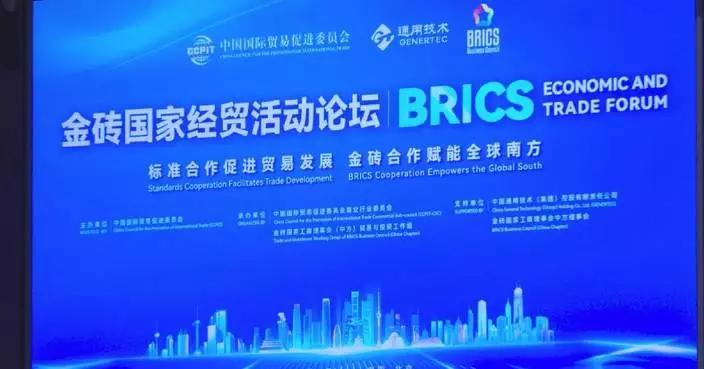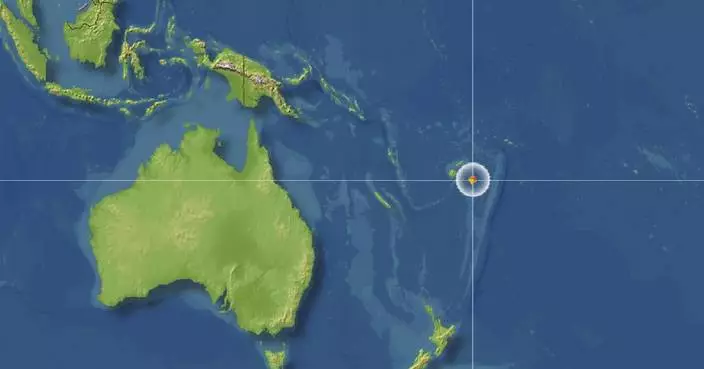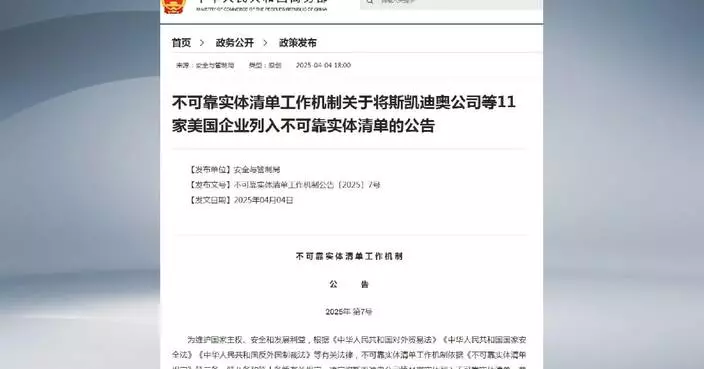America's trade policy can be described as chaotic beyond measure, leaving the entire world at a loss.
First, there are the visible changes. The US not only changes its so-called "reciprocal tariffs" abruptly but also rapidly shifts tariffs on China. Within two weeks, tariffs on Chinese goods went from an initial 20% to 54%, then to 104%, 125%, and finally to 145% - rates changing on a whim. Meanwhile, the various "reciprocal tariffs" on different countries around the world was suddenly suspended for 90 days, but a 10% "baseline tariff" is imposed.
The latest chapter in these rapid changes came on April 13, when US Customs announced new guidelines exempting a large batch of products from "reciprocal tariffs," including smartphones, desktop computers, laptops, semiconductors, and solar cells. Since a significant portion of these products are manufactured in China, not exempting them would have meant paying extremely high US tariffs of 145%. These exemptions, estimated to cover more than 30% of China's exports to the US, have enormous impact.
While these are officially announced tariff changes by US Customs, interpretations of these changes have been wildly varied, creating extreme confusion. Taking the electronic product exemptions as an example, it's unclear whether Chinese products are completely exempt from the 145% tariff, or if they still retain the initial 20% tariff supposedly imposed due to China exporting fentanyl precursors to the US.
Naturally, the most authoritative person to interpret US policy is President Trump himself. However, when reporters asked him on Air Force One about the impact of exempting electronic products from tariffs on China, he was evasive, saying details would be announced Monday night.
Later, Trump refuted claims on his own social media platform, stating there were no tariff "exception," only "moving to a different Tariff ‘bucket’”, but Chinese products would still be subject to the 20% "Fentanyl Tariff." Trump criticized this as fake news, specifically naming China as unable to escape.
Trump is playing word games, not acknowledging "exceptions" but only "a different bucket". The so-called transfer means new industry-specific taxes will handle tariffs on specific products. However, for these "exceptions", the only industry-specific tax heard of so far is a chip tax, estimated at 25%. No industry-specific taxes have been mentioned for other products like phones and computers. The talk of "moving to a different Tariff ‘bucket’" appears to be merely an excuse to avoid admitting concessions.
The Trump administration not only changes announced policies at will but also leaves policy interpretations ambiguous and inconsistent. When a major power implements such important policies with such significant interpretational discrepancies, it reflects both incomplete thinking when launching the policies and the hasty implementation of policies with far-reaching effects. When unforeseen side effects emerge, the response is a mixture of distortion, withdrawal, reversal, and stubborn insistence, resulting in massive chaos.
Some say the above analysis is too conventional. Looking at the market chaos created by Trump's policy fluctuations, stocks and various assets including cryptocurrencies have been tossed up and down due to Trump's policies and their variable interpretations – suddenly plummeting, then rebounding, then plunging again after clarifications. These fluctuations create enormous profit opportunities for those with inside information.
Shockingly, Trump makes no effort to hide that his associates are making huge profits from these transactions. He even pointed to a friend at the White House, saying he made $2.5 billion from trading during these fluctuations. Media reports also claim Trump made $1 billion through his cryptocurrency.
Some suggest Trump and his advisors might profit from stock trading. Its noted that while stock markets are regulated, the cryptocurrency market is completely unregulated. As a risky speculative product, recent cryptocurrency fluctuations have basically synchronized with US tech stocks. Those who understand the rhythm of Trump's tariff policy implementations or withdrawals could make enormous profits in the cryptocurrency market, which are difficult to trace.
Certain things that seem extremely implausible to us could be palpably explained when massive interests are hidden behind them.
Wing-hung Lo
Bastille Commentary
** The blog article is the sole responsibility of the author and does not represent the position of our company. **
Donald Trump is now showing signs of weakness. After China imposed retaliatory 34% tariffs on US goods, the US claimed it would add an additional 50% tariff on some Chinese products. Meanwhile, Trump posted on social media that although China has not yet formally contacted the US, "China also wants to make a deal, badly, but they don't know how to start. We're waiting for their call. It will happen!" he wrote.
China won't be making that call Trump is waiting for. China does indeed want to reach an agreement, but China knows exactly where to start - by making America bleed, by inflicting pain on the US. Therefore, China will certainly respond in kind, and when the US can no longer bear the pain, they will come knocking, asking to reach an agreement with China.
Trump's current strategy is to apply maximum pressure globally, then wait for each country to come begging to the US. After that, the US will make harsh demands, slightly lower some tariffs, and ultimately achieve an outcome where only America wins completely. This is Trump's wishful thinking.
The world should now set a different agenda - creating a free trade world without the US. In this truly free world, other countries would all win, and America would lose.
European Commission President Ursula von der Leyen has closely followed US Democratic President Biden's approach, being extremely friendly to the US while confrontational toward China. But even a hardliner like von der Leyen has recently shown subtle changes in attitude. On April 7 in Brussels, she stated that due to the impact of the Trump administration's tariff policies on international trade, the EU is seeking to develop more trade with regions outside the US. The EU will broaden cooperation with trading partners beyond America, "We will focus like a laser beam on the 83% of global trade that is outside the US", and there are "vast opportunities" elsewhere.
Although von der Leyen did not mention China, China accounts for a large portion of that 83% of global trade outside the US.
Additionally, elite British media outlets are also pinning their hopes on global free trade. On April 2, The Economist published an article titled "Can the world’s free-traders withstand Trump’s attack?" The article mentioned that Trump's trade war confirmed that the US has abandoned its role as guardian of the global trading system, while other countries are continuously deepening trade relations, diversifying trading partners, forging new alliances, and establishing new rules and frameworks. In global trade, America's share is declining, making it feasible to establish a new trade framework outside the US. At the beginning of the 21st century, the US accounted for 20% of global imports; today it only accounts for 12.5%. America's role as a consumer nation is shrinking, reflecting not only the rise of emerging markets but also changes in the US economy.
There are now several large-scale free trade agreements in the world, including the Regional Comprehensive Economic Partnership (RCEP) in which China participates. This agreement was launched in 2022, connecting China with the 10 ASEAN countries, Australia, New Zealand, Japan, and South Korea. It brings 15 diverse economies into a single framework, with China at the core, providing other RCEP members access to China and offering an alternative to US-dominated global trade.
Another is the Trans-Pacific Partnership (TPP), originally initiated by the US but later abandoned by America. It has now transformed into the new CPTPP agreement, led by Japan and composed of 12 member countries. Even the UK, a European country, has already joined, while China is applying to join.
The EU is not part of either of these extensive free trade agreements. Facing Trump's anti-trade actions, it's time for China and Europe to greatly strengthen trade relations. Establishing a China-EU free trade agreement is not beyond imagination. In the past four years, due to the Ukraine war and the Biden administration's blind support for Ukraine, plus US efforts to rally European allies against China, the Ukraine issue has inexplicably become one of the obstacles in China-EU relations. As the US and Russia push the Ukraine war toward conclusion, coupled with Trump's crazy tariffs, it becomes easier for China and Europe to set aside differences and achieve cooperation.
If not just China and the EU create a free trade agreement, but Europe and Asia are integrated, a massive non-US free trade alliance would be established. This would bring greater benefits but would also be more difficult to negotiate. However, as countries worldwide are impacted by high US tariffs, severely affecting their economies, the incentive to seek alternative paths increases. Establishing new large-scale free trade alliances to promote non-US trade would greatly benefit countries in promoting their economies. All goods that can no longer be sold to the US due to high tariffs could find new markets within a non-US free trade alliance. A paradigm shift in thinking is needed to discover new opportunities that were previously overlooked.
Since America has chosen to abandon the world, the world should choose to abandon America. The future world should not be dominated by political ideology but by free trade.
Wing-hung Lo
